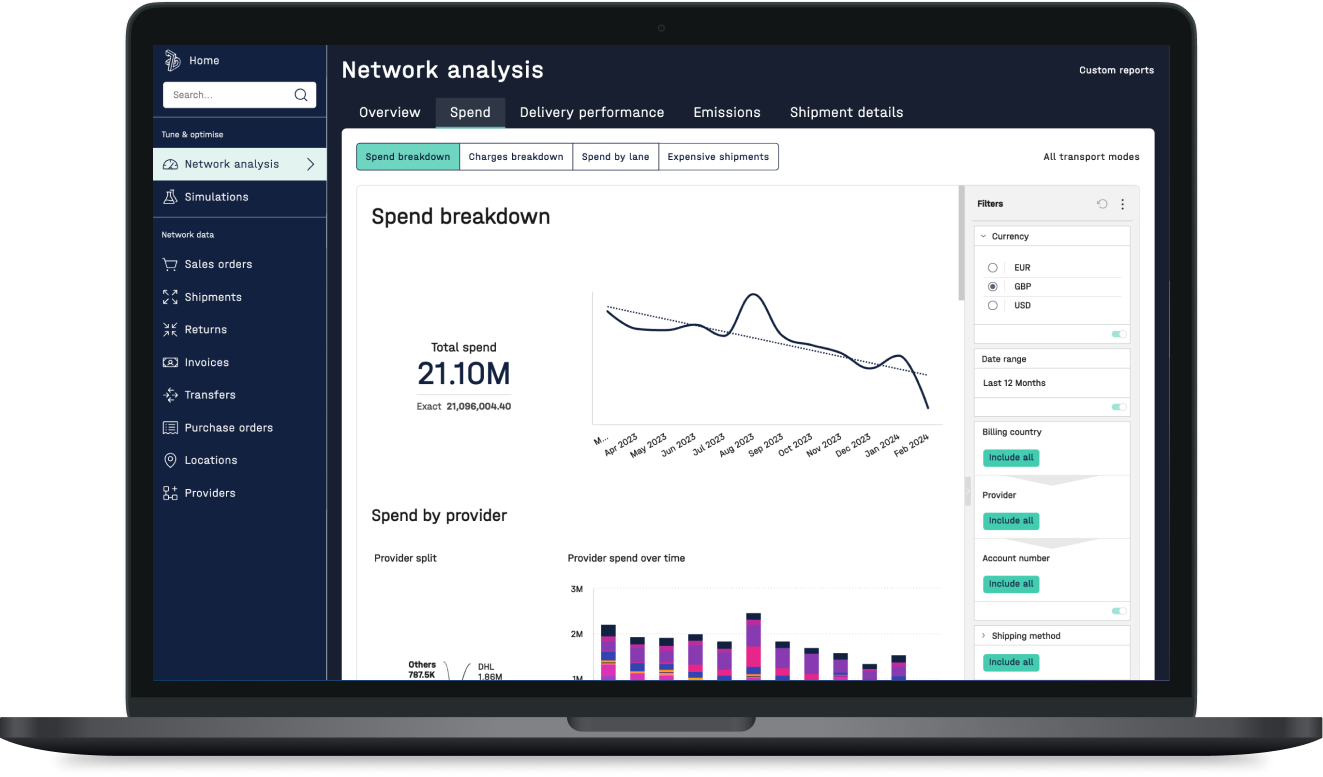Why supply chain data concerns get chalked up to Garbage-In-Garbage-Out
Often we find that any concerns around data validity and usefulness get swept into this idea of GIGO. After all, if your data input is bad, you can’t expect a better output. But is your starting data really that bad? Or is it a matter of not knowing what you don’t know?



